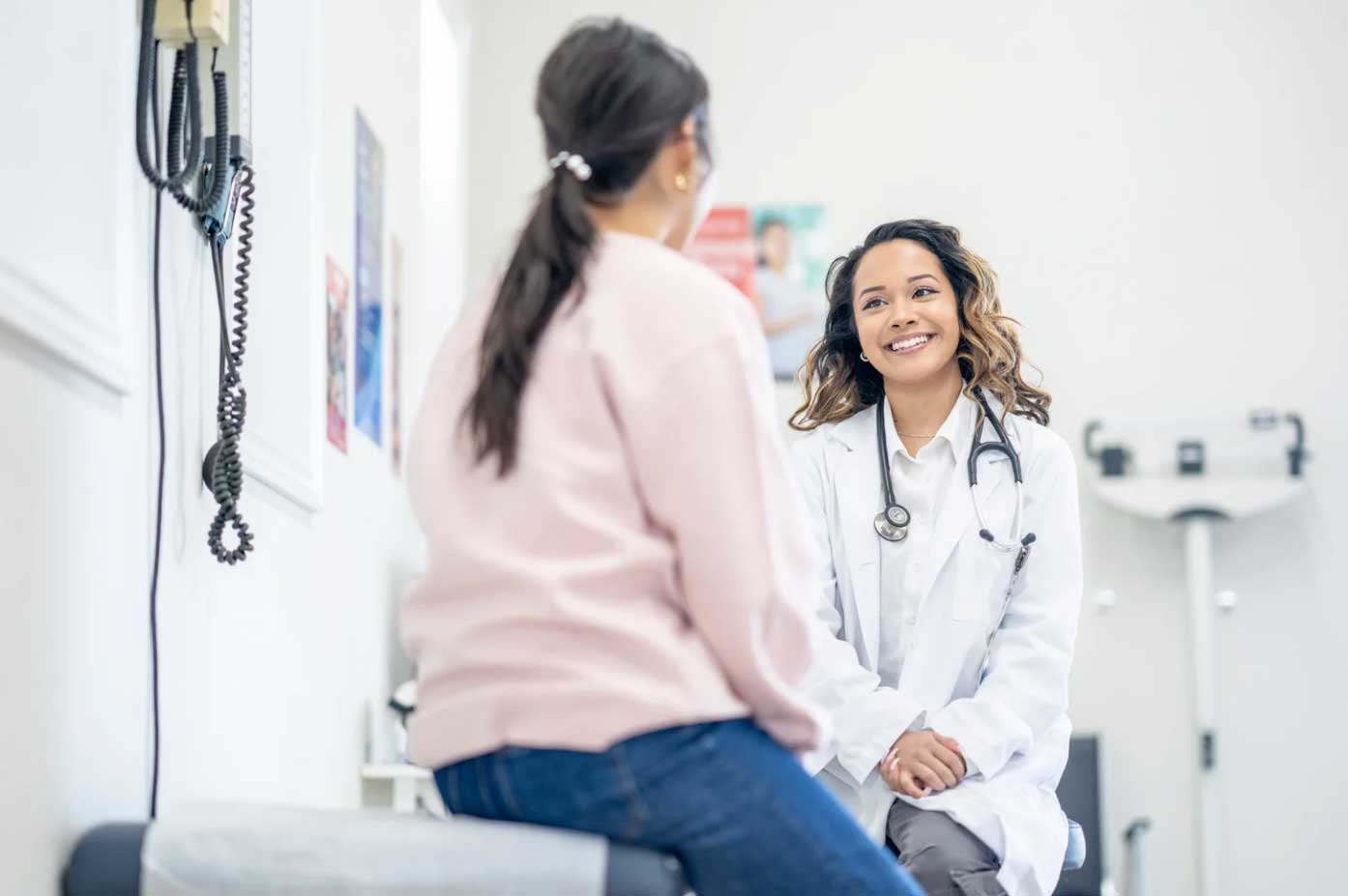
30 Oct The Role of Breast Exams in Preventative Healthcare
Healthcare providers track well-being using structured, routine processes, and they examine breast tissue to detect potential health changes early. Breast exams, which assess for differences in appearance or texture, help create an awareness of what is typical for each individual. Here’s information about the role of these exams in preventive healthcare:
Understanding Breast Exams
Breast exams use visual observation and palpation to evaluate the physical condition of the breast and surrounding tissue. They enable individuals to recognize normal patterns, supporting early detection of any unusual changes or concerns. These exams help individuals become more comfortable with their own bodies, and they encourage people to track changes over time. This practice also supports self-care and strengthens broader health and prevention routines.
There are different ways to perform breast exams, and each one helps monitor breast health in unique ways:
- Clinical exams: These are done by trained healthcare providers. They allow professional evaluation of tissue and changes.
- Self-checks: These are practiced at home, and they help people become familiar with how their breasts usually feel.
Conducting Clinical Exams
A clinical breast exam is a detailed evaluation performed by a medical provider to assess breast and underarm tissue health. Physicians or nurses inspect and palpate systematically, using structured methods to note differences in size, texture, or overall structure. Their experience helps identify findings that may need additional review, and it promotes consistency across each patient examination. These exams often occur during annual visits, providing a scheduled chance to discuss any observations, questions, or emerging concerns. Healthcare professionals apply precise techniques to examine all areas thoroughly. Their objective assessment guides decisions about whether further testing, such as imaging, is needed for added clarity and reassurance.
Practicing Breast Self-Awareness
Breast self-awareness involves performing regular self-examinations. This approach is informal but intentional; it requires checking for various symptoms, including:
- New lumps or thickened areas
- Changes in breast size or shape
- Swelling, dimpling, or puckering of the skin
- Nipple discharge or inversion
- Persistent pain or tenderness
Continuous awareness enables patients to describe any differences clearly to their healthcare provider. Keeping notes or photos can be helpful; they provide a reliable record for future medical discussions. A fundamental part of this process is also recognizing that not all changes signal a problem. Patients should contact a healthcare provider for further evaluation if they notice any persistent or unexpected differences.
Incorporating Mammography
Mammography provides imaging that complements physical breast exams by offering detailed views of breast tissue through safe, low-dose X-rays. This technique enables healthcare providers to detect subtle changes that may not be visible or felt during a clinical examination or self-examination. Recommendations for when to begin mammography and how often to repeat it depend on individual health history, risk factors, and age.
Providers may recommend this procedure as a follow-up to clinical findings or as part of a regular preventive screening plan. Because mammography reveals detailed structural information, it supports a complete breast health strategy and helps track changes proactively over time. Including it in routine check-ups encourages early detection and can strengthen overall preventive care.
Schedule a Clinical Breast Exam
Breast exams play a key role in preventative healthcare by fostering self-awareness and encouraging timely reporting of changes. These practices create opportunities for collaborative assessment with healthcare providers, and they support early detection of new developments. Healthcare providers can also share strategies to help improve self-examinations. Contact a qualified healthcare provider today to discuss your clinical exam and mammography needs.

No Comments